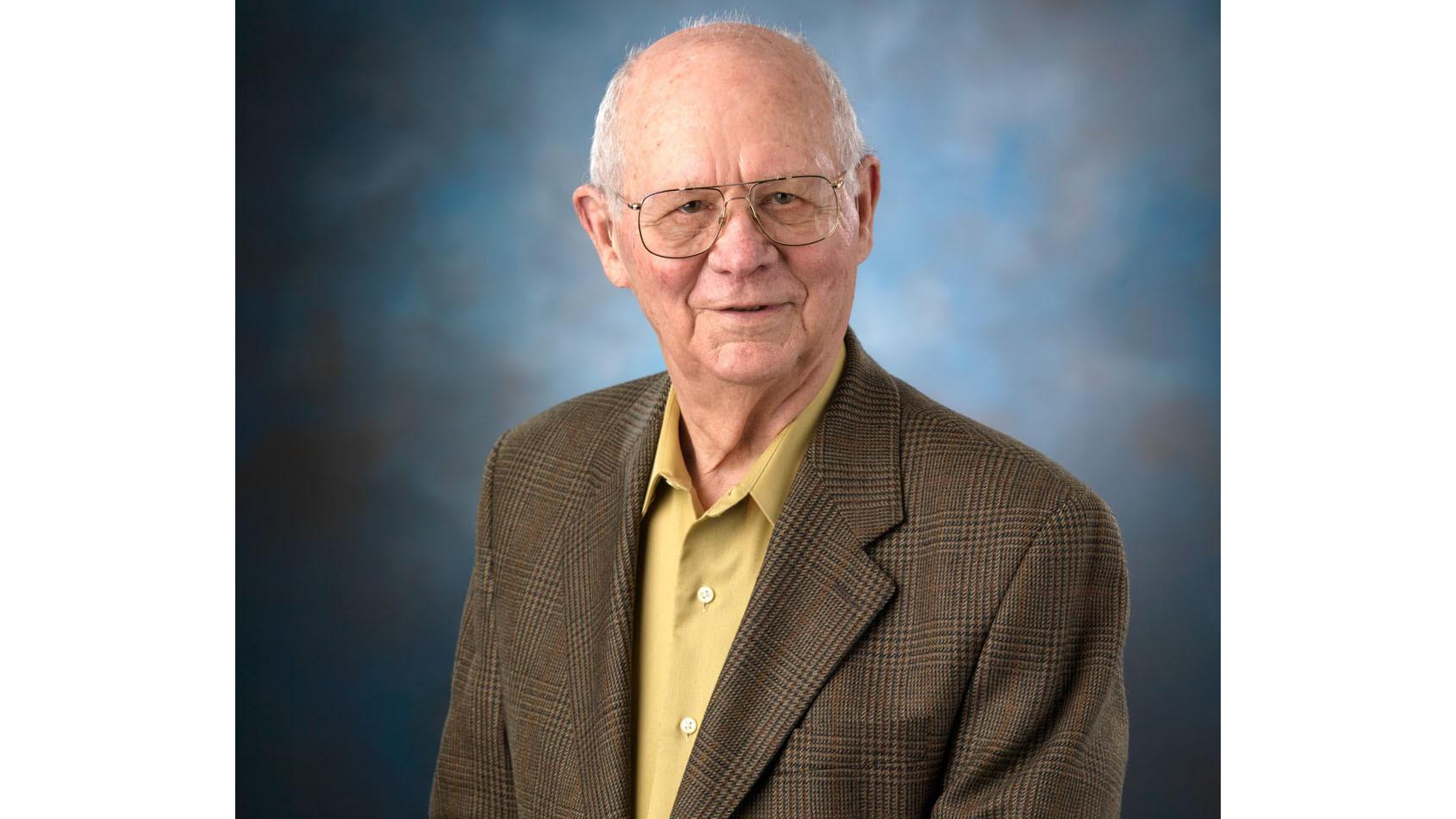Students see perennially popular ballet
Published 10:05 pm Tuesday, December 19, 2017
This time of year, it’s not uncommon to see marching wooden soldiers and dancing mice take center stage during productions of “The Nutcracker.” Tchaikovsky’s ballet has become a holiday staple — as much a part of the Christmas tradition as poinsettias and fruitcake.
School groups are among the most faithful ticket holders at the annual performances, but that could be changing. “The Nutcracker’”s storyline revolves around the celebration of Christmas, a fact not lost on some school districts. At least one group in Massachusetts has attempted to call off the traditional field trip over concerns that non-Christian students might be offended. Parents pushed back in that instance, and the show, as they say, went on.
I recently attended one of Ballet Mississippi’s special performances for school groups. By 9 that morning, students began arriving, their big yellow buses stretching across the no-parking lanes fronting Thalia Mara Hall. As motors idled, bi-fold doors creased back, allowing students to pile out and teachers to count heads.
Randy Youngblood, a school counselor at Franklin (County) Upper Elementary, brought 150 students to see the performance. His day started early, gathering sack lunches prepared by cafeteria workers and icing down coolers in his van: “Our principal promised any students who increased their reading score by 40 points and earned the required number of points of reading during this semester that they would be treated to the Nutcracker.”
Arts education at their school is limited to once-a-week music classes and a fifth and sixth grade band. That’s why Youngblood advised his students to experience the ballet and decide for themselves if they like it: “On the arts side, we’ve been so excited to see a ballet, which we don’t see in Franklin County. Our students have learned theater etiquette, and for many of them it will be the first time they’ve seen such a big production on stage.”
Youngblood prepped his group by discussing appropriate laughter and applause. Sitting in area J near the orchestra pit, they applied what they learned as a cannon fired and the Mouse King met his dramatic demise. Moments later, they showed their delight as flurries of fabricated snow began to fall on the set and a sparkle of lights strobed around the walls of the auditorium.
Normally, Thalia Mara Hall is filled with season ticket-holders for the opera and symphony, but school performances have a different vibe. During intermission, the ballet company’s director, David Keary, came on stage for an educational exchange. He encouraged students to guess the cost of the massive, handpainted backdrops, and their eyes widened at the answer: $65,000. As a janitor swept up the paper snowflakes, Keary tried to explain the mechanics involved with making them fall: “They’re perforated. They have holes in them on one side. So, the pulley does this . . .”
The snow scene is a favorite of 11-year-old Clara Barton Calcote: “When the snow comes down and they come out in their white beautiful outfits, it’s really magical, and so is the music.”
As a dancer, Calcote is usually backstage when that happens. She and her mother and a younger sister spend four hours each week commuting from Wesson to her regular lessons at Ballet Mississippi’s studios. She danced in six Nutcracker performances the first weekend of December, acting as often as she plied, dramatizing a tug of war one moment and cradling a doll the next. Calcote has been in the ballet world since she was 3, but for some of her friends at the school performance, the Nutcracker experience was something new.
Anna Grace Biggs told me about her favorite part: “I liked when they moved the bed and stuff. That was cool.”
Her cousin, Sarah Beth Lofton, chose something different: “My favorite part was the fight. It was great.”
The homeschooled girls studied a page of Nutcracker fun facts on their drive up. They were struck by this tidbit about bobby pins: The week of performances, Ballet Mississippi dancers collectively go through about two pounds of them.
By noon students were back on their buses. Randy Youngblood asked his group to show how much they liked the Nutcracker with their fingers: Five meant absolutely amazing, and one meant not so much. The result was mostly five fingers, raised high.
Kim Henderson is a freelance writer. Contact her at kimhenderson319@gmail.com.





